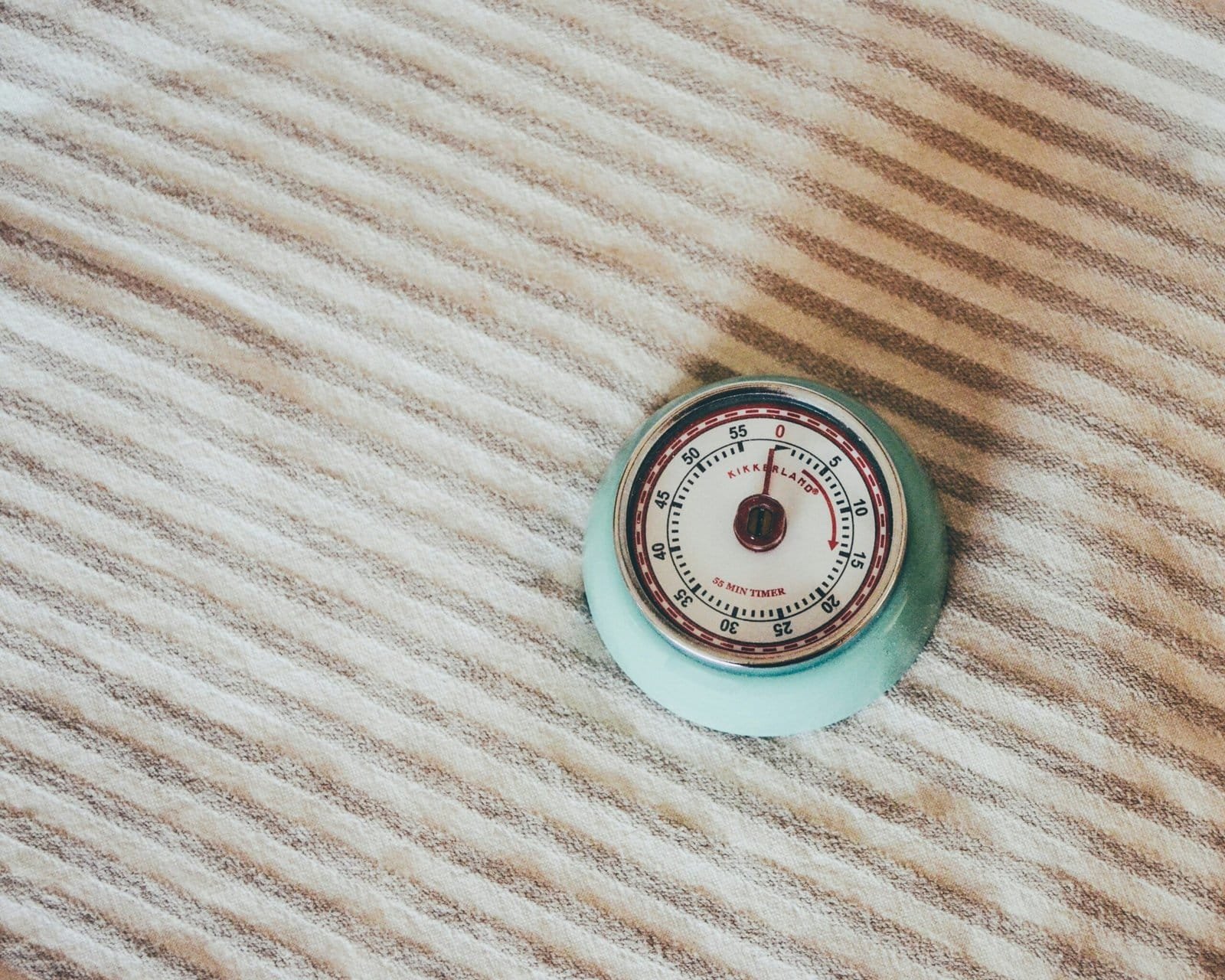Learn about the dangers of radon, a colorless and odorless gas linked to lung cancer. This comprehensive guide covers radon testing, tenant responsibilities, and the steps to take if elevated radon levels are found in rental properties. Prioritize your health and ensure a safe living environment by understanding the risks associated with radon exposure and discover practical measures to mitigate potential hazards in your home.
Understanding Radon: The Silent Threat in Your Home
Radon is a naturally occurring radioactive gas that is produced from the decay of uranium found in soil, rock, and water. It is colorless, odorless, and tasteless, which makes it undetectable without specialized equipment. This silent gas can seep into homes, particularly in areas with high levels of uranium in the soil, leading to potential health risks for occupants. As a lead cause of lung cancer among non-smokers, radon exposure is a significant concern that deserves attention, particularly in rental properties.

The health implications of radon are grave, with studies linking prolonged exposure to the gas with an increased risk of lung cancer. The United States Environmental Protection Agency (EPA) estimates that radon is responsible for approximately 21,000 lung cancer deaths each year. For renters, the risk of radon exposure is heightened due to the possibility of living in buildings with inadequate ventilation or construction flaws that allow the gas to accumulate indoors. Regardless of whether a tenant believes that their rental property is safe, it is essential to prioritize radon testing as part of a comprehensive health and safety assessment.
Please, read our post and do not forget to check our YouTube channel “Grig Stamate”:
https://www.youtube.com/@GrigStamate
You will find there, thousands of designing, furnishing, and decorating ideas for your home interior and outdoors.
Allow me to mention three of them:
Inside of 2 Cute SMALL APARTMENTS with a Delicate Design (video)
Chic Nordic Design for Cozy Small Apartments [White, Grey & Wood Aesthetics] (video)
Chic Small and Medium Size APARTMENTS with LOFTS (video)
Anecdotal evidence underscores the importance of this practice. For instance, several renters have reported discovering elevated radon levels in homes that they initially assumed were free of hazards. These revelations often lead individuals to take immediate action, such as installing radon mitigation systems or advocating for regular testing in their rental units. Such experiences highlight that understanding the risks associated with radon is crucial for anyone living in rental properties. By being informed and proactive, renters can better protect their health and that of their families in an environment where this silent threat persists.
When and How to Test for Radon in Rental Properties
Radon is a colorless, odorless gas that can accumulate in indoor environments, particularly in rental properties. It is essential to test for radon because prolonged exposure can lead to serious health issues, including lung cancer. The best time to conduct radon testing is during the colder months when windows and doors are frequently closed, which can lead to a higher concentration of radon indoors. However, it is important to be vigilant year-round, especially in geographic areas recognized for higher radon levels.
There are two primary methods for testing radon: short-term and long-term testing. Short-term tests typically last from two to seven days and provide a quick assessment of the radon levels in a property. These tests are recommended for initial screenings. If high levels of radon are detected, a long-term test, which spans 90 days to a year, is advisable. Long-term tests offer a more accurate representation of the radon concentrations over time, as they account for variations in levels caused by weather changes and occupancy patterns.
Homeowners can purchase radon test kits from hardware stores or online retailers, which are straightforward to use. Most kits come with clear instructions that guide individuals through the testing process, making DIY testing accessible. Alternatively, hiring a professional radon tester may be more suitable for renters or landlords who prefer a hands-off approach. Professionals utilize advanced equipment and can conduct a more thorough assessment.
Regardless of the method chosen, it is crucial to communicate the results with tenants clearly. If elevated radon levels are detected, appropriate remediation measures should be taken promptly to ensure a safe living environment. The urgency of addressing radon levels cannot be understated, as safeguarding the health of tenants is paramount in managing a rental property.
Understanding Your Responsibilities as a Tenant
As a tenant, many people may not realize the significance of understanding their responsibilities, especially regarding environmental safety issues like radon. Radon is a colorless, odorless gas that can seep into homes and pose serious health risks, including lung cancer. Therefore, it is crucial for tenants to educate themselves about radon measurement and ensure that appropriate steps are taken to maintain a safe living environment.
One of the first steps for tenants is to carefully review the rental agreement for any disclosures related to radon. Many jurisdictions require landlords to provide information on known radon levels and any previous testing results. Tenants should not hesitate to request this information if it is not readily available, as it is their right to be informed about the safety of their living conditions. Furthermore, laws vary by state, and some may require landlords to perform radon testing or disclose the presence of radon mitigation systems.
If the rental agreement does not provide sufficient information on radon levels, or if the landlord is unresponsive to inquiries, tenants may need to take the initiative in conducting their own radon testing. DIY radon test kits are accessible and relatively inexpensive, allowing tenants to monitor radon levels effectively. Personal stories abound where tenants have approached their landlords about radon testing, and often, a respectful yet assertive communication opens the door for collaboration on this important issue. Demonstrating an understanding of radon safety can not only highlight a tenant’s commitment to their health but also encourage landlords to prioritize the well-being of their tenants.
Ultimately, tenants have the right to a safe living environment free from the dangers of radon, and exercising those rights entails being proactive about safety measures. By understanding their responsibilities and engaging in open discussions with landlords, tenants can foster a healthier community for everyone.
What to Do If Radon Levels Are High: Next Steps for Renters
Determining that radon levels in your rental property exceed the recommended limits can be concerning. However, understanding the appropriate steps to take can empower you to address the situation effectively. The first action renters should consider is communicating the issue to their landlord. It is essential to document the radon levels accurately, including the date and the results of the test, and then present these findings to the property owner. Clear and respectful communication can often lead to proactive solutions.
After notifying the landlord, it is crucial to discuss possible mitigation options. Radon mitigation typically involves installing a system that reduces radon levels, such as a venting system that draws radon from below the home and releases it above the roof. Many landlords may have experience with radon issues and can quickly implement these measures. Nevertheless, renters should always inquire about who will bear the costs associated with remediation, as some landlords may cover these expenses, while others may expect the tenant to contribute. Understanding the local rental laws can give renters leverage in negotiations about radon mitigation.
In severe cases, where mitigation is ineffective or the landlord is unresponsive, renters may need to explore relocation options. It may be beneficial to research other rental properties and inquire about their radon testing history to avoid similar issues. Sharing experiences with fellow tenants can provide insights into how others have navigated this challenge. Ultimately, ensuring a safe living environment is paramount; renters should not hesitate to take action if their health is at risk. Maintaining open lines of communication and knowing one’s rights can empower renters to take charge of their living conditions.
Other related posts from our website:
Thank you so much for your attention.
Stay tuned. We will upload many other amazing posts to our website and videos onto our YouTube channel.
Thank you so much.
for your time and attention.
Best Regards
See you at another post,
Bye, Bye


